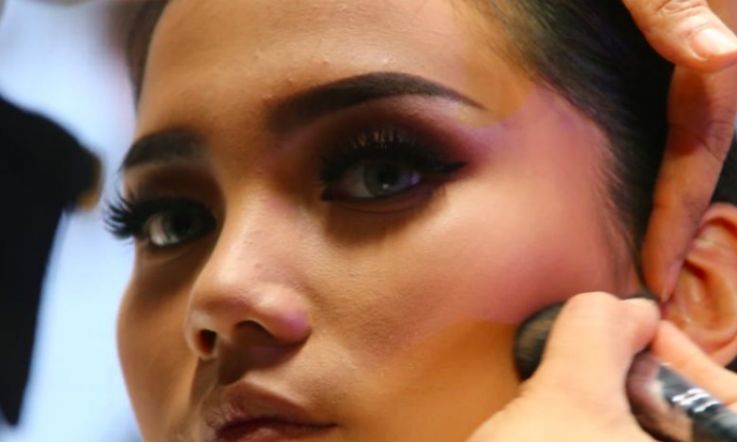Foundation mistakes we've all made (and how to fix them)

Foundation mistakes are pretty common. But that doesn't make them any less annoying. Here are ones that have happened to all of us (and how to fix them!).
Foundation mistakes happen all the time. Yes, it's an unfortunate part of life. We're all on the hunt for our perfect formula, but sometimes, you hit a stumbling block. It could be down to a well-meaning, but ultimately terrible recommendation from a friend. Or an impulse buy that went wrong (we can sympathise).
Of course, there are also those times when you get sucked into buying foundation because of great packaging or marketing. It promises the world, but ultimately it's a case of "what was I thinking?". Don't worry, we've all been there - and all is not lost. There are some ways to turn your dud into a winner. And here's how.
Wrong Shade
Buying the wrong shade is the most common foundation mistake of all. There are any number of reasons why it can happen - bad lighting, a hurried purchase, or maybe, it was because someone pushed you into it. Either way, you're the one who is left with something that is entirely wrong for your face. And it's a pain in the arse. Especially when it wasn't cheap.
So, what can you do? Well, there are a couple of different things. Foundation adjusters would be our first recommendation. They are designed to help change the tone of foundation without messing with the formula. They can help lighten, or darken as you wish (which is also handy for nights out when you're wearing tan). Alternatively, you can mix a touch of concealer into your foundation to help lighten it, or add a drop of liquid bronzer to help deepen it.
Advertisement
Wrong formula
Sometimes when you're sold 'dewy', it can end up meaning something else entirely. Similarly, mattifying formulas can end up rubbing off half-way through the day. It's frustrating. Formula is everything when it comes to foundation, so what do you do when it turns out to be not what you expected?
The first step is to play around with application. Some formulas respond better to being applied with your hands, for example, whereas others are better when applied using a sponge. Flat foundation brushes are usually good for building coverage, whereas a duo fibre brush will help to give a light, airbrushed finished.
If you're still battling with the formula, though, there is another trick to try. And that's changing the consistency yourself.
Recently, I bought a foundation. It's meant to be long wearing, but instead, it just sets and then sits on my face like glue. It's horrible, but as I shelled out for it, I'm determined to wear it. The formula isn't right for my skin, so what I do now is mix in a hydrating primer to make it easier to blend. This has also stopped it from being as sticky to wear, making it more hydrating and overall, it looks and feels really good!
Have you ever battled with foundation mistakes?